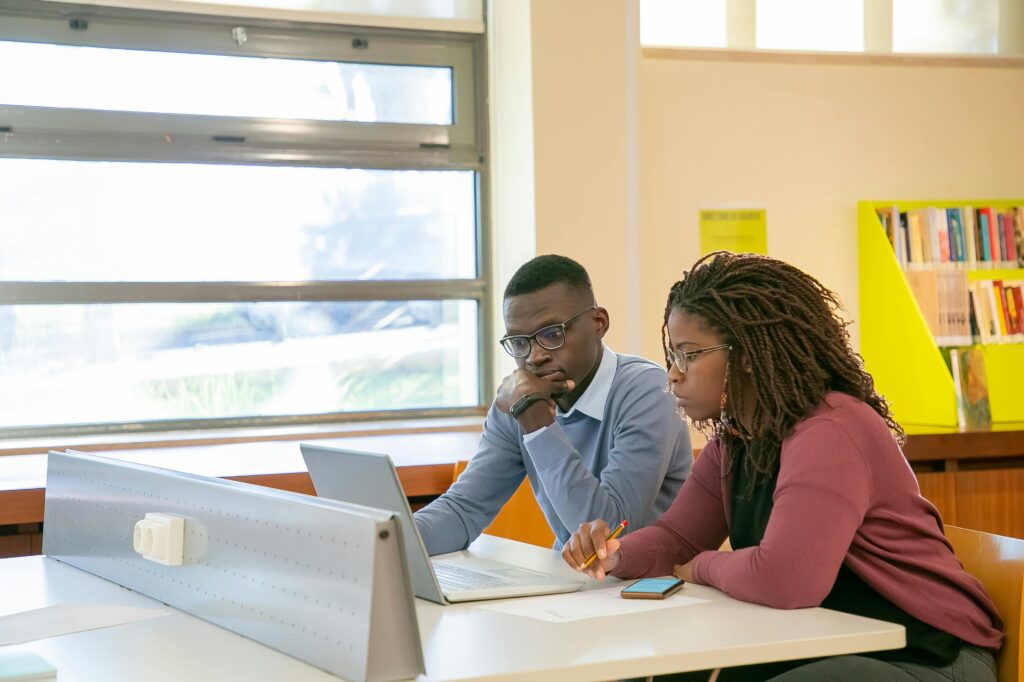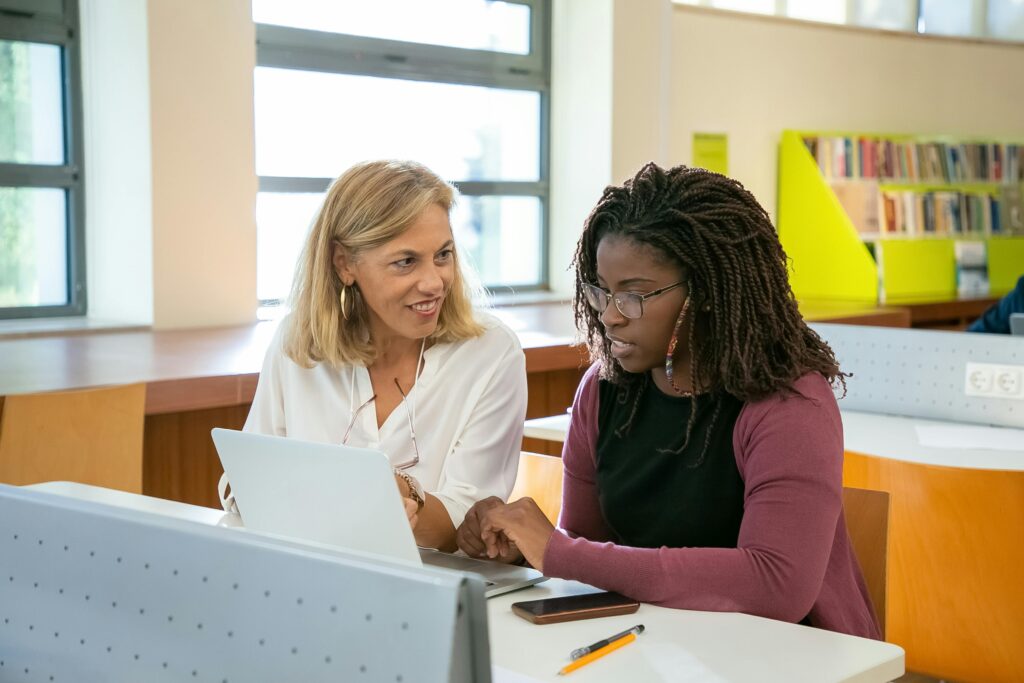
When we think about online learning, we often picture independent study sessions in front of a screen. While self-paced flexibility is a huge advantage of digital learning, it can sometimes feel isolating. This is where peer feedback makes a dramatic difference. Far from being just a helpful add-on, peer feedback transforms online courses into collaborative spaces that inspire growth, confidence, and deeper understanding.
Why Peer Feedback Fuels Better Learning

Feedback is more than just correction—it’s connection. In online courses, students may miss the instant interactions they’d normally have in a traditional classroom. Peer feedback bridges that gap, creating community and accountability.
When learners exchange feedback, they build strong digital learning practices. They learn to evaluate thoughtfully, communicate clearly, and respect different perspectives. Explaining why something works—or suggesting how it could be improved—demands higher-level thinking. This reflection cements knowledge far more effectively than passive reading or memorization.
Equally important, peer feedback builds empathy. Learners see that others face similar struggles, which creates motivation and compassion. For students who might feel overwhelmed or uncertain, receiving supportive words from peers can be an emotional boost that keeps them engaged.
And let’s not forget digital citizenship. In giving respectful, constructive comments, students strengthen safe online communication skills—a vital part of navigating today’s tech-driven world.
Master Typing & Digital Skills with Typesy!
Go beyond keyboarding—Typesy helps you boost digital literacy, productivity, and efficiency in today’s tech-driven world.
How to Make Peer Feedback Effective

Not all feedback is equally useful. To create meaningful learning moments, students must be intentional. Here are some best practices:
- Be clear and specific. Instead of “This is great,” highlight details, like “Your argument is strong because you gave a concrete example.”
- Balance positives with areas for growth. Leading with encouragement makes peers more open to suggestions.
- Stay solution-focused. Show how improvements could be made rather than simply pointing out flaws.
- Practice openness. When receiving feedback, listen with curiosity instead of defensiveness.
Typing plays a key role in this process. Writing out thoughtful feedback requires clarity and precision, which strengthens communication skills. In fact, consistent practice in typing to express ideas effectively boosts both academic performance and workplace readiness.
Peer feedback also prepares students for the real world. Very few careers operate in isolation—most demand collaboration. Whether revising a presentation, coding software, or producing creative projects, the ability to give and receive constructive critique is invaluable. Online courses that emphasize peer review give learners a safe space to practice these future-ready skills.
Ultimately, peer feedback isn’t just about comments on assignments—it’s about building confidence, developing empathy, and fostering a culture of shared success. In a digital classroom, where connection can sometimes feel distant, peer feedback brings learning to life.
Not on Typesy Yet? You're Missing Out!
Master typing, boost productivity, and enhance digital literacy with Typesy—the leading platform for adaptive and engaging typing education. Whether you're an individual learner, a homeschool educator, or managing a classroom, Typesy has the perfect solution for you!
Choose Your Ideal Experience:




